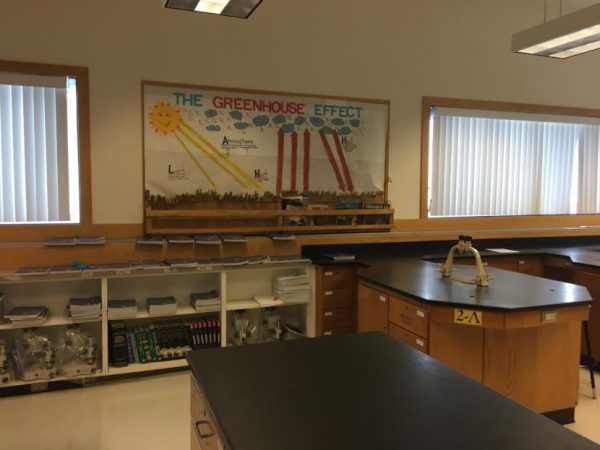
New research from the University of Alaska Anchorage shows this year’s class of teaching graduates in Alaska feels just as prepared to enter the classroom this fall as previous classes.
Many student teachers were training in classrooms when schools closed in March to help slow the spread of the coronavirus.
Get the latest coverage of the coronavirus in Alaska
The state department of education said it would offer new teachers emergency certificates despite having their student-teaching hours interrupted, but researchers were concerned the teachers would not feel prepared to teach.
Dayna DeFeo, the director of the Center for Alaska Education Policy Research at UAA and one of the authors of the research along with Trang C. Tran, said one reason why these new teachers feel prepared could be due to the way UA’s teaching programs are designed.
“Many of the University of Alaska teacher education programs require two semesters of clinical placements,” DeFeo said. “The majority of students are in K-12 schools getting clinical experience for two semesters before they graduate from the University of Alaska, and so if we’re looking at it that way they had done 75% of their in-person contact on site in schools before the coronavirus closures.”
RELATED: Anchorage School District reopening plans for fall start to come into focus
This is encouraging news for first-year teachers educated in Alaska, DeFeo said, but it doesn’t provide any insight into whether teachers from other states feel similarly prepared.
The majority of Alaska’s new teachers come from outside of Alaska where teaching programs vary by institution, DeFeo said.
Alaska does not produce enough teachers to fill the nearly 1,000 positions hired across the state each year. This is further hampered by the School of Education at the University of Alaska Anchorage discontinuing its initial licensing program in 2019. According to DeFeo, this year’s graduating class of new teachers from UA was about 25 percent smaller than last year’s.
DeFeo said regardless of their preparedness, schools will need to support all teachers as they plan for hybrid, online, or physically distanced class environments.
“We’re not sure exactly what they’re going to be asked to do or what classrooms are going to look like in the fall,” DeFeo said. “We need to keep in mind that teachers are going to need support no matter what if they’re asked to teach and work in ways that are different than what they’ve been trained and prepared to do.”
The research also showed that compared to previous classes, this year’s teaching graduates were less likely to want to teach outside of Alaska, but were more interested in teaching in urban areas.
DeFeo said this suggests rural districts may have a more difficult time recruiting and hiring Alaska-prepared teachers.
RELATED: Recruitment opportunities dry up, teachers back out as districts look to hire for fall
The research also shows the majority of this year’s teaching graduates still planned to become educators despite the pandemic and some said the pandemic strengthened their desire to teach.




